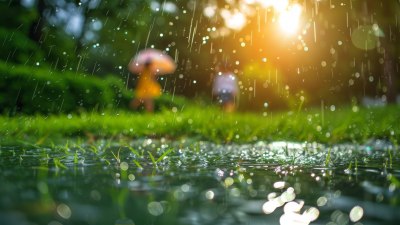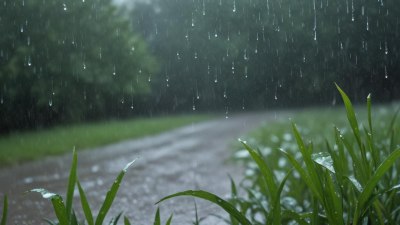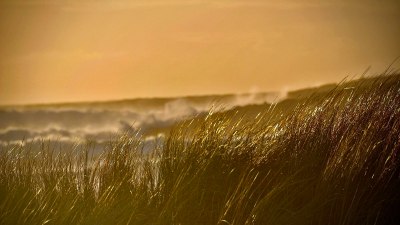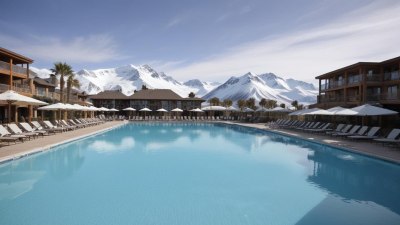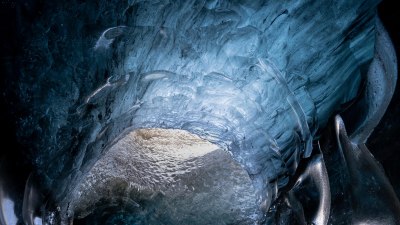How Rainbow Colors Form in Ice-Covered Trees and Windows
Discover the science behind rainbow colors in ice-covered trees and windows during winter.
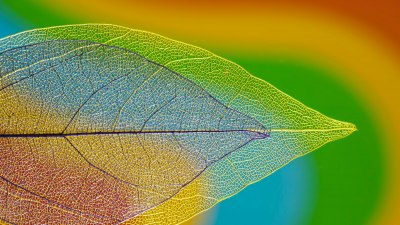
Rainbow colors captivatingly appear in ice-covered trees and on frosted windows, showcasing nature's beautiful artistry during the winter months. Understanding how these vivid colors manifest involves exploring light refraction, the structure of ice crystals, and environmental conditions. This article delves into these fascinating processes and the results they yield.
The Science of Light Refraction
The phenomenon of light refraction is crucial in understanding how colors emerge in ice. When light passes through any medium, such as air into ice, it bends. This bending occurs due to a change in the speed of light as it travels through different materials. In ice, this bending causes the separation of light into its constituent colors, which are the same as those found in a traditional rainbow. These colors range from red to violet, creating a stunning visual experience.
Ice Crystal Formation
For rainbow colors to form, ice crystals need to develop in specific ways. Ice can form under various conditions, and the types of ice crystals that develop will vary based on temperature, humidity, and other environmental factors. Many ice crystals form hexagonally, which allows for more complex interaction with light. They can also take on various shapes, such as needles or plates, affecting how light interacts with them.
Conditions for Rainbow Formation
To witness rainbow colors in ice, specific weather conditions must align. Generally, this occurs during or after a snowfall or freezing rain event, where moisture in the air can freeze onto surfaces like trees and windows. The sunlight also needs to be at a low angle, such as during sunrise or sunset, to illuminate the ice crystals effectively. When the light hits these ice crystals, it refracts and reflects, creating a spectrum of colors.
Observing Ice Rainbows
One of the most stunning displays is the ice rainbow, also known as a halo. These occur around the sun or moon when the light interacts with ice crystals in the atmosphere. The most common form is a 22-degree halo, resulting from sunlight bouncing through hexagonally shaped ice crystals in cirrus clouds. These halos can appear white or nearly colorless, but under the right conditions, they can show brilliant colors as well.
Ice-Covered Trees
Ice-covered trees are particularly magical, as a single branch can host a tapestry of colors. When light glances off the multifaceted surfaces of ice crystals adorning branches, leaves, and bark, it creates a colorful mosaic that can glimmer and shine. Observing these trees, especially with the sun illuminating them, can evoke a sense of wonder and appreciation for nature's beauty.
Frosted Windows
Frosty windows also display this rainbow effect due to the arrangement of ice crystals on the glass surface. The intricate patterns formed as breath vapor condenses and freezes can create a spectacular display when sunlight shines through. These patterns vary, leading to unique rainbow hues emerging, especially when viewed from inside a warm home looking outward.
Cultural and Artistic Significance
The visually stunning phenomenon of rainbow colors in ice-covered trees and windows has been inspiring artists and poets for centuries. Many cultures celebrate winter's beauty through art, literature, and folklore, with ice rainbows becoming a symbol of hope and renewal during the cold months. Artists often seek to capture fleeting moments of natural beauty, embodying it in works that reflect their experiences and emotions.
Scientific Implications
Beyond aesthetic enjoyment, the science behind these light phenomena has implications for understanding weather patterns and climate change. By studying how ice forms and interacts with light, researchers can better predict weather events and even analyze how urban environments may alter natural processes. This knowledge is crucial for advancing our understanding of ecosystems and the challenges posed by a changing climate.
Rainbow colors formed in ice-covered trees and windows present a stunning intersection of nature's beauty and scientific principles. By understanding the mechanics of light refraction, the nature of ice crystal formation, and the conditions necessary for these colorful displays, we can appreciate the intricate dance between light and water that occurs during winter. The next time you see these vibrant hues, take a moment to reflect on the combination of science and artistry at play.
